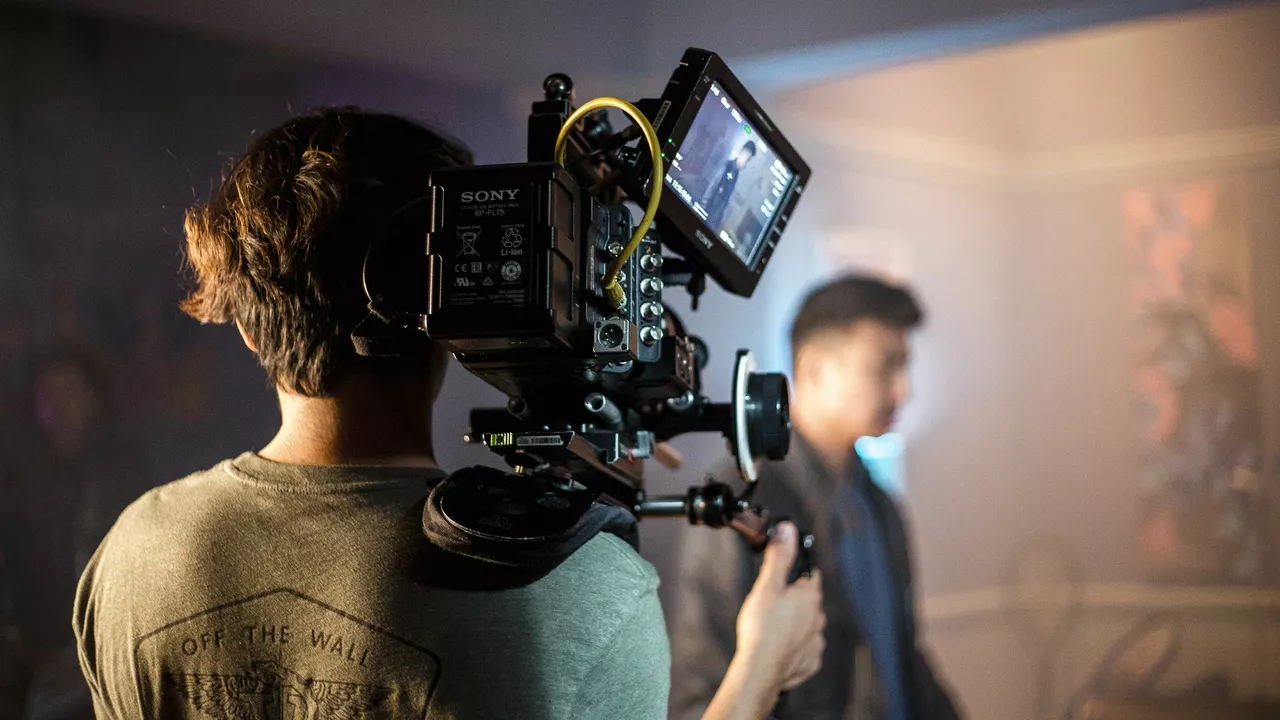TV Shows Filming: What’s Happening on Set Right Now?
Ever wondered how your favorite serial gets that perfect look? We break down the newest filming schedules, location picks, and crew tricks that make a show pop. From Bollywood dramas to regional series, the buzz is real and we’re tracking it for you.
Hot Spot Locations and Why They Matter
Production houses love a good backdrop. This month, Mumbai’s marine drive is buzzing with a mystery thriller, while the hills of Ooty host a romantic saga. The choice of location isn’t just about scenery; it affects lighting, sound, and even the actors’ performance. Knowing where a show films can hint at the vibe you’ll see on screen.
Practical Filming Tips for Aspiring Creators
If you’re planning your own shoot, start with a clear shot list. List every angle, prop, and lighting need before you step onto the set. Keep communication tight—directors, DP, and actors should know the day’s goals. Also, always scout the location at the same time of day you’ll shoot; natural light changes can surprise you.
Equipment choices also play a big role. Many Indian TV crews now use mirrorless cameras for their lightweight feel and great low‑light performance. Pair that with a good gimbal, and you’ve got smooth moves without a bulky rig. Don’t forget sound—lav mics and boom poles are still the go‑to for clear dialogue.
Scheduling is another puzzle. Most shows film six days a week, leaving Sunday for edit and prep. If you’re watching a series that releases weekly, expect a tight turnaround. That’s why post‑production teams stay glued to the footage, cutting, color grading, and adding VFX in real time.
Behind the scenes, the crew’s morale matters. A quick coffee break, a joke, or a playlist can lift spirits and keep the energy high. Happy crews deliver better results, and you’ll see that shine on your screen.
Stay tuned to our tag page for daily updates on which shows are rolling, cast interviews, and insider tricks. Whether you’re a fan or a budding filmmaker, this is the spot to catch all the filming action.
In my latest blog, I explored why TV shows aren't filmed like movies. The main reason is budget - TV shows typically have a smaller budget per episode compared to a movie. This means they often can't afford the same high-quality special effects or grand locations. Also, TV shows need to produce content more quickly to keep up with weekly schedules, which doesn't allow for the lengthy post-production process often used in movies. Finally, they are usually designed for smaller screens, so the visual style and storytelling techniques can be different.
Jul, 18 2023
